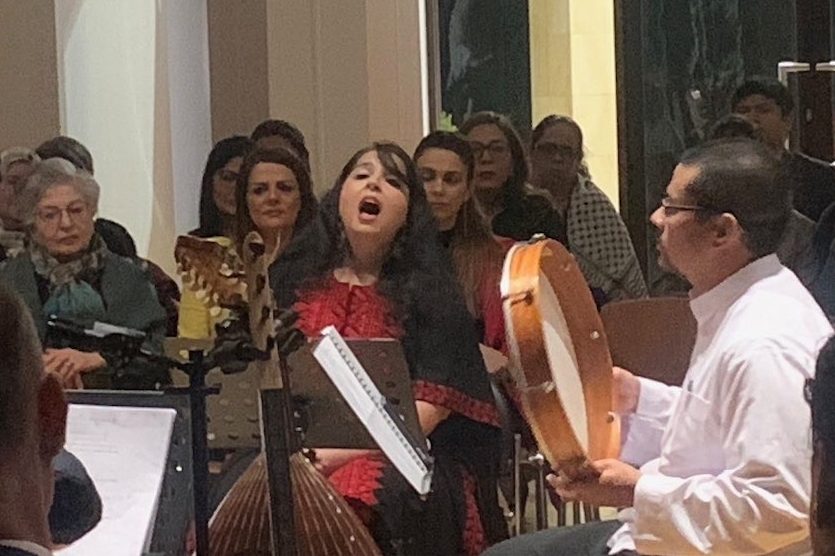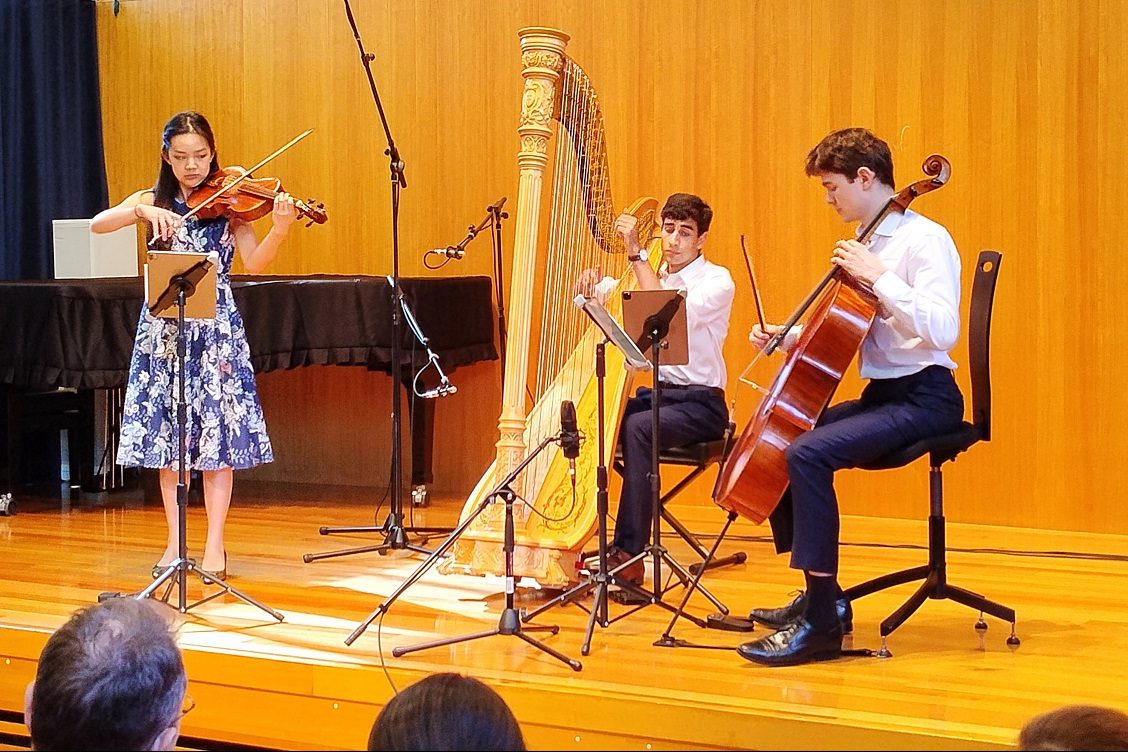FROM the high-pitched ethereal opening on the violins and viola and the plucked cello, the music of Benjamin Britten’s “String Quartet no 1 in D major”, sets a haunting scene.
The first movement then progresses into a pacy and driving theme on all instruments that then returns to that haunting sound, as it does throughout the work. But, it was hard to figure out what the music was saying, as it changed so much. It sounded like it was hiding something deeper, or it was meant to be experimental.
It was a challenging work full of colour, variation and unusual techniques, such as the strumming of all strings like a guitar on the viola. This piece was maybe more challenging for the players than the audience, as the cellist broke a string right at the end of the second movement. The quartet had to go off stage to have it replaced. Back after a quick change, the dirge-like third movement shone no brighter light on the understanding of this piece.
The Australian String Quartet (ASQ) owns a poignant and special sound quality, which comes out of their ability and their Guadagnini instruments, which were all handcrafted in the 1700s. However, this piece did not offer any musical treats for this reviewer.
The “String Quartet No 2”, by Paul Stanhope, who is a composer and conductor, has produced a work that had similar effects as the first piece by Britten. There were quite a lot of musical effects used to set the mood, which was performed with precision by the ASQ.
This wide-ranging work regarding style and technique produced a more attractive and pleasing musical package than the first work. Through the picking, plucking, slapping, harmonics and some fine music, the ASQ performed faultlessly in this work dedicated to the Czech composer Pavel Hass who was murdered in the gas chambers at Auschwitz.
The final work by Antonin Dvo?ák, his “String Quartet no 13 in G major”, was something completely different from the first two works. Sounding like a Mozart piece in the first few bars, it quickly moves to an animated folk-type tune, and then into the more romantic neoclassical sound from Dvo?ák.
The clear singing voice of this work shines with a bright upbeat feeling throughout, even in the Adagio there is a lightness to its quality. The third movement has a wonderful vivacious quality, and the fiery and final fourth movement, even though it opens softly with an Andante, becomes a fast and expressive piece modulating through some reflective moments towards a bright and delightful ending.
The ASQ are excellent entertainers and communicators. They all take turns talking to the audience about the pieces they are to play. They have a strong stage presence, and the clarity of sound is forefront and exceptional; you could listen to them nonstop.
Who can be trusted?
In a world of spin and confusion, there’s never been a more important time to support independent journalism in Canberra.
If you trust our work online and want to enforce the power of independent voices, I invite you to make a small contribution.
Every dollar of support is invested back into our journalism to help keep citynews.com.au strong and free.
Thank you,
Ian Meikle, editor




Leave a Reply